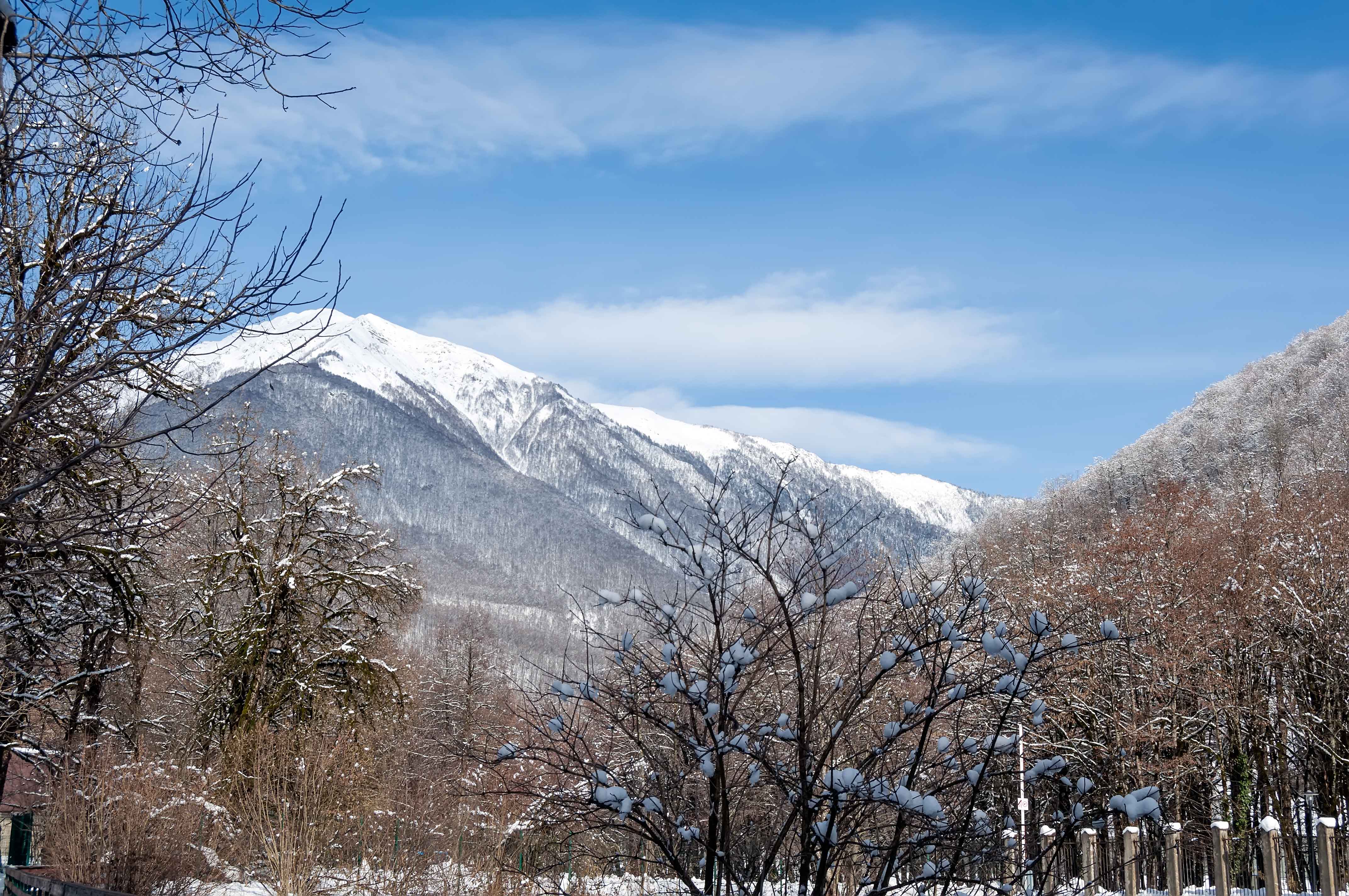Facts for Kids
A nature reserve is a safe space that protects important plants and animals, allowing them to thrive and be studied for conservation purposes.
Overview
Restoration Projects
Ecological Importance
Biodiversity Protection
Legislation And Policies
Types Of Nature Reserves
Threats To Nature Reserves
Visitor Experience And Education
Future Challenges And Opportunities
Management And Conservation Strategies
Case Studies Of Notable Nature Reserves

Inside this Article
Yellowstone National Park
Invasive Species
Carbon Dioxide
Climate Change
Biodiversity
San Juan
Wetlands
Ecuador
Camping
Nature
Rivers
Did you know?
🌳 A nature reserve is a special place made to protect plants, animals, and the environment.
🌍 Nature reserves can be found all over the world, including tall forests and wetlands.
💡 Scientists can study and discover new species in nature reserves.
🏞️ Some nature reserves focus on land, like national parks where people can hike.
🐠 Other reserves protect marine life, such as coral reefs in the ocean.
🐸 Certain reserves are designed to save endangered species like orcas or specific habitats like wetlands.
🌿 Nature reserves help maintain clean air and water and keep ecosystems healthy.
🐼 Biodiversity in reserves protects different species, including rare animals like the giant panda.
💼 Special teams manage reserves to ensure no harm comes to these protected areas.
🚨 Climate change and pollution are some serious threats to the safety of nature reserves.
Introduction
Restoration Projects
Restoration projects aim to bring back damaged lands and ecosystems. For example, volunteers can plant native trees or clean up polluted areas. 🧤
These projects often engage local communities, allowing folks to work together to improve their environment. Helping nature heal is important, and with everyone's effort, reserves can flourish once again, returning to their natural beauty! 🌼
Ecological Importance
Biodiversity Protection
They protect habitats where animals and plants can live without danger. For instance, the Yellowstone National Park in the USA safeguards many animals, including wolves and bison 🐂. By protecting these spaces, nature reserves help preserve rare species that are at risk of disappearing, like the giant panda 🐼. This is super important because each plant and animal plays a part in keeping nature balanced!
Legislation And Policies
These laws help limit activities that could harm the environment, such as industrial pollution. International agreements, like the Convention on Biological Diversity, encourage countries to work together in safeguarding biodiversity. 🚀
Understanding the rules and policies helps us all contribute to protecting these precious places for the future! 🛡
️
Types Of Nature Reserves
Threats To Nature Reserves
️ Climate change causes weather patterns to change, making it harder for animals to find food. Pollution can harm the plants and animals living in reserves. Human activities, like urban development 🏙️, can lead to habitat loss, meaning animals have fewer places to live. Invasive species, which are non-native plants or animals, can also disrupt the delicate balance of these ecosystems, making it vital to act quickly to protect these treasures! 🚨
Visitor Experience And Education
♀️ Many reserves offer guided walks, workshops, and educational signs to help you learn about local plants and animals. You can see wildlife in its natural habitat and explore beautiful landscapes. 🌅
Places like the Yellowstone National Park offer camping and fishing, encouraging families to enjoy nature together! Experiences like these inspire people to care deeply about protecting our planet.
Future Challenges And Opportunities
Climate change continues to affect ecosystems, meaning reserves need to adapt. Building stronger partnerships between governments, researchers, and communities can empower us in conservation efforts. 🌍
Also, new technologies can help monitor animal populations or restore habitats. By learning more about these reserves and understanding their importance, we can all join the mission to protect our planet's precious natural treasures! 🌲

